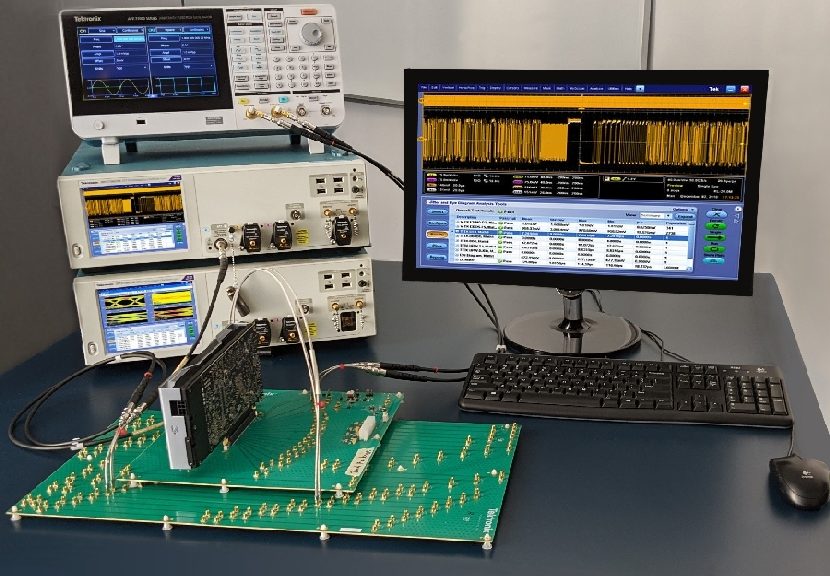- The values provided by measuring instruments are used to validate, optimize, monitor or qualify a product or a design or manufacturing process. They are essential to all companies in order to make the appropriate decisions to ensure the sustainability and reliability of their manufacturing process, their products and their services. The measurements must therefore be accompanied by information on their quality and reliability.
- No measuring device is perfect. It can provide erroneous values. It must therefore be ensured that these errors do not exceed the permissible limits called maximum permissible errors (MPE).
- The calibration and/or verification of an instrument are part of the means to ensure the quality of the measurement.
- A calibration makes it possible to estimate the error of the instrument and in the event of inaccuracy, to compensate it by applying a correction.
- The verification confirms that the measurement error remains smaller than an error called maximum tolerated error.
- The maximum tolerated error is defined by the user as the largest error he is willing to accept.
- A calibration leads to the issuance of a calibration certificate, the verification to a verification report. It does not lead to a decision of conformity, only the verification allows a judgment or a decision.







